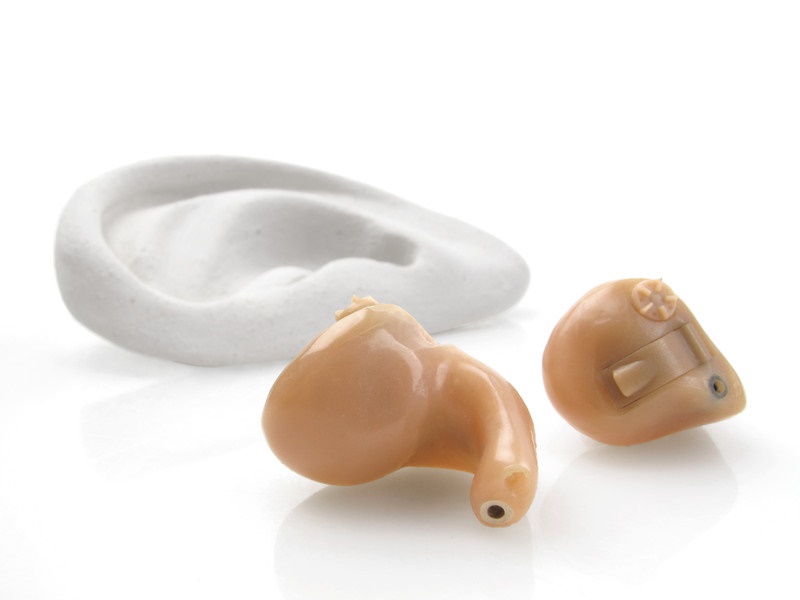
Are two hearing aids better than one?
If you’re looking for the quick answer, then yes, most cases of hearing loss are best treated with two hearing aids.
If you want to learn why, or are interested about the reasons why we have two ears to begin with, then continue reading.
The Advantages of Stereoscopic Vision
Let’s begin with eyesight.
When we look at an image, each eye acquires a slightly different copy of that image. Our brains then compute the differences between the two versions to develop the perception of depth. This additional dimension of depth—in combination with height and width—helps us to experience the world in three dimensions.
If we had just one eye, our capability to perceive depth and distance would be greatly compromised.
The Benefits of Binaural Hearing (Hearing with Two Ears)
The same phenomenon applies to our ears and our hearing. Although we might not think about it, when we hear a sound, we can generally judge both its distance and its location, in addition to its volume.
Each ear receives a slightly different version of each sound, and those variations are interpreted by the brain in a way that reveals location and distance. This permits us to hear in three dimensions, so that we know how far away and which direction sound is originating from.
Together with being able to evaluate depth, distance, and location, having two ears also improves the quality of sound and enhances the spectrum of sounds you can hear.
To test the concept of sound quality, the next time you’re listening to music in a vehicle, disable both left speakers and notice how unnatural it sounds.
The Advantages of Two Hearing Aids
If our eye doctor informs us that we have vision loss in both eyes, we don’t honestly think about the merits of getting fitted with one lens.
So when our hearing specialist tells us that we have hearing loss in both ears, why do we need to be convinced to use two hearing aids?
As we’ve seen, our ears collaborate so that our brains can best decipher the distance, location, volume, quality, and range of sound.
With the capacity to establish the exact location of sound from using two hearing aids, you’ll be able to:
- concentrate on speech during a discussion even with substantial background noise.
- pick out distinct voices among many.
- increase the range of sounds heard by up to four times.
- hear sounds without straining, which is less exhausting.
- listen to sounds without the unnatural feeling of monaural hearing (hearing with one ear).
- Prevent the weakening of hearing in the non-fitted ear.
That last point is important. If you have hearing loss in both ears but wear only one hearing aid, your hearing in the non-fitted ear can become even worse with time. This will promptly restrict your capability to enjoy all of the benefits just explained.
If you think you have hearing loss, the first step is to schedule a hearing assessment with a qualified hearing professional. After your hearing is examined, your hearing specialist will share the results with you in a chart known as an audiogram.
The audiogram will reveal to you if you have hearing loss in one or both ears, but the majority of cases of hearing loss are in both ears.
If this is the case, your hearing specialist will almost certainly recommend binaural hearing aids for both ears, and you’ll be given the opportunity to trial them before you buy—which is a great opportunity to test for yourself the difference two hearing aids will make.
